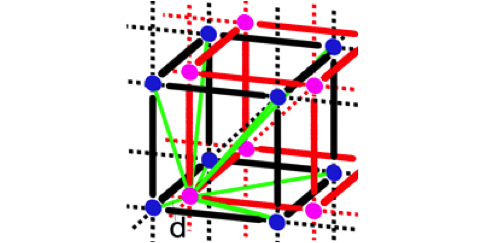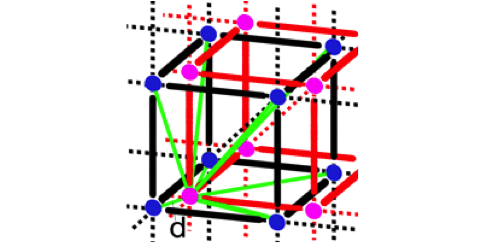Cultivating Extra Dimensions
The rapid development of ultracold atomic physics has catalyzed efforts to harness atoms for simulating other kinds of matter, such as exotic phases in condensed-matter physics, that may be inaccessible to experiments or difficult to crack theoretically. But condensed-matter physics is not the only arena for ultracold atom simulators: writing in Physical Review Letters, Octavi Boada at the University of Barcelona, Spain, and colleagues propose a way to simulate physics in extra dimensions, a topic dear to the hearts of those who toil in the vineyards of particle physics and quantum gravity.
The search for ways to unify and understand physical phenomena goes back to Kaluza and Klein, who in the 1920s tried to combine electromagnetism with gravity by adding a fourth spatial dimension to the usual three (plus time). More recent theoretical work has suggested that a theory of everything may need spacetime dimensions. Boada et al. are suggesting an experimental strategy for investigating how matter behaves in extra dimensions. Their idea is to encode a fourth spatial dimension in an internal degree of freedom offered by atoms trapped in an optical lattice, and do it in such a way as to exactly reproduce the physics described by a 4D Hamiltonian. The authors show two ways of observing such effects: one is to look for single-particle effects, such as rates of decay of excited states as a function of dimensionality; another is to search for many-body effects such as insulator-to-superfluid transitions that depend on the number of dimensions. – David Voss





